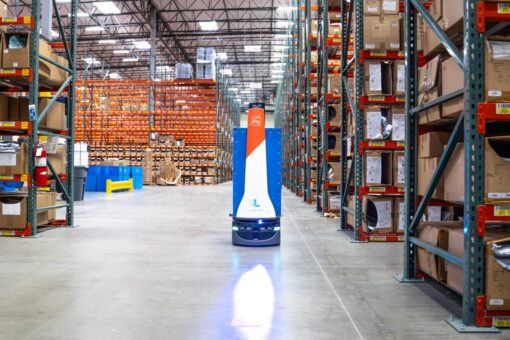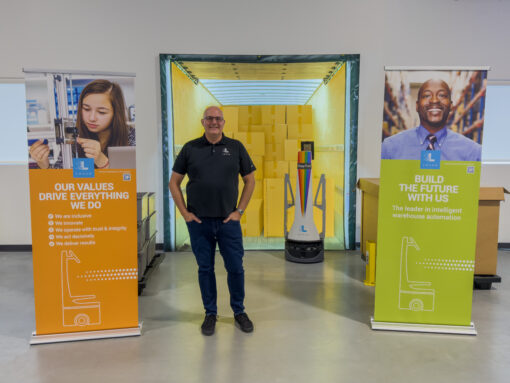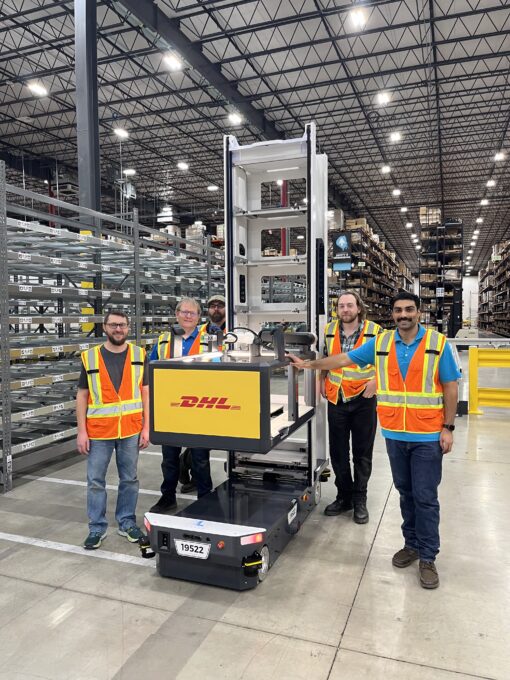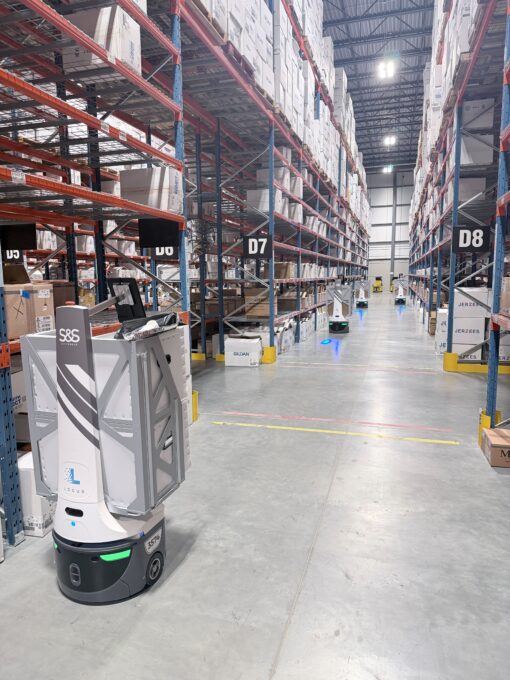WP: How to achieve 400 UPH with Locus Fast Pick
WP: How to achieve 400 UPH with Locus Fast Pick Download Now!
Getting to 10 Million Picks with Automation: A 3PL Playbook
Mary Hart, Sr. Content Marketing Manager
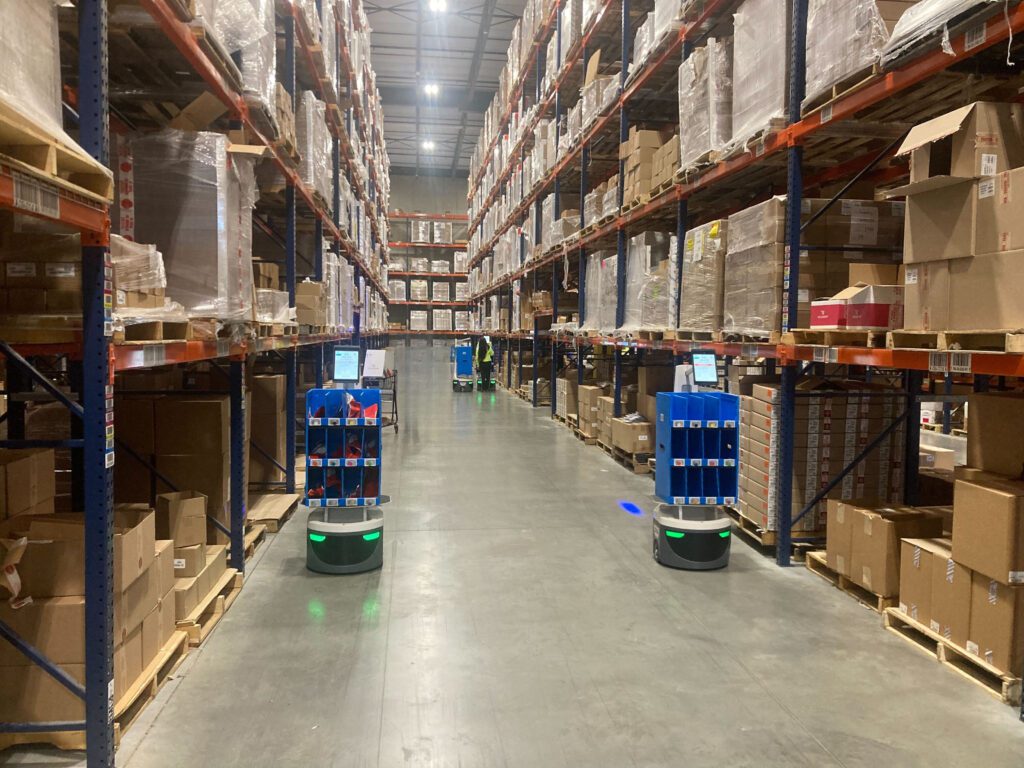
In a recent episode of the “Warehouse Automation Matters” podcast, I spoke with Mike Geiger, VP of IT at KSP Fulfillment, about how his operations crossed the 10 million pick threshold in just over a year. Below is a playbook built from KSP’s lessons, enriched with industry benchmarks, to help 3PLs scale efficiently without burning out people, losing margin, or sacrificing quality.
Step 1: Anchor Through Labor Predictability
When volume spikes, labor costs often spike more, but KSP’s robotics deployment helped flatten that curve. Robots provided repeatable performance, and human teams became more resilient because they weren’t constantly compensating for unpredictable shifts.
“It helps us to stabilize our labor and our labor spend. And it helps make things easier for the workers that are here.” – Mike Geiger
Your Move:
- Audit your current labor volatility by looking at seasonal highs, overtime, and turnover.
- Identify parts of the workflow ripe for robot automation (e.g. high-walk zones, restocking, replenishment).
- Project people-to-robot ratios to model future throughput and labor spend.
Step 2: Build Employee Buy-In from Day One
Change is hard. Even when the change helps.
“Even before we were live, there was such a buzz amongst the associates.” – Geiger
Your Move:
- Hold training sessions, demos, and feedback rounds before live launch.
- Create communication channels so associates can ask questions and voice concerns.
- Set up performance visibility: dashboards, scoreboards, and metrics that are visible and meaningful.
Step 3: Prioritize Accuracy & Metrics Visibility
Accuracy is a warehouse quality metric and also cost avoidance. Errors downstream (returns, customer complaints, re-pick) erode margin and trust, so KSP uses metrics to monitor performance, error rates, and throughput.
Your Move:
- Track error rates and return data pre-automation as baseline.
- Use automation tools with built-in validation (barcode scanning, vision, confirmation).
- Display accuracy and throughput metrics to the team; make them part of daily standups.
Step 4: Embrace Continuous Improvement
Implementing warehouse automation shouldn’t be a finish line for your facility. Instead, it should be a platform for continuous iteration and a true ongoing partnership with your provider.
KSP is constantly asking: What’s next? Which process could be refined? Which workflow is the bottleneck now?
Your Move:
- Establish a cadence: monthly or bi-monthly performance reviews.
- Create cross-functional teams (ops, IT, safety) to identify improvement areas.
- Allocate a “small wins” budget for minor automations or workflow tweaks.
Step 5: Scale Flexibly with Methods that Match Your Rhythm
Deploying dozens of robots at once isn’t realistic for every 3PL. KSP uses Robots-as-a-Service (RaaS) and staggered rollouts to match customer demand, seasonality, and budget constraints.
Your Move:
- Model peak demand vs. base demand; plan robot fleet growth accordingly.
- Explore subscription, leasing, or rental models for robot units.
- Ensure your infrastructure (WMS, WiFi, space layout) is robotics-friendly so ramps up are smoother.
Step 6: Manage Cost, but Plan for 2-3 Year ROI
Robotics deployments often require significant upfront cost. In many cases, businesses see ROI in a short period of time with strong execution in labor savings, error reductions, and improved throughput.
Your Move:
- Build full cost models and include not just robots, but installation, change management, training, and downtime risk.
- Collect baseline cost metrics of labor cost per pick, error cost, return rate, and throughput.
- Track ROI milestones over time for when robot deployment pays back cost and when improvements hit target thresholds.
The Takeaway
Crossing the 10 million pick threshold is about embedding automation into all facets of your operations, including labor, culture, metrics, scale, and continuous improvement.
BIO:
Written by Mary Hart, the Senior Content Marketing Manager at Locus Robotics. With 10+ years of experience covering technology and warehouse automation trends, Hart helps logistics leaders understand how fulfillment automation can transform operations.

